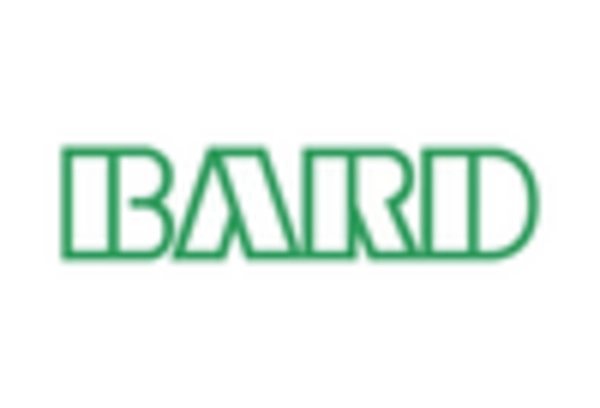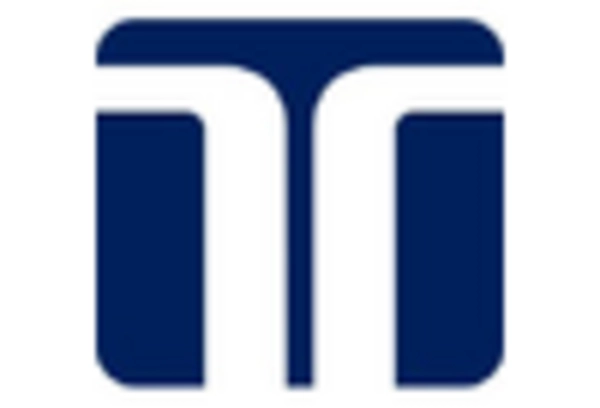Leading market players are investing heavily in research and development in order to expand their product lines, which will help the Foley Catheters market, grow even more. Additionally, market participants are engaging in a range of strategic initiatives to increase their worldwide reach, with important market developments such as the introduction of new products, contracts, mergers and acquisitions, increased investments, and cooperation with other organizations. To expand and survive in a more competitive and rising market climate, Foley Cathetersindustry must offer cost-effective items.
Manufacturing locally to minimize operational costs is one of the key business tactics used by manufacturers in the Foley Catheters industry to benefit clients and increase the market sector. In recent years, the Foley Catheters industry has offered some of the most significant advantages to medical industry. Major players in the Foley Catheters market, including B.Braun Melsungen AG (Germany), Cardinal Health (US), Coloplast Ltd. (Denmark), Boston Scientific Corporation (US), ConvaTec Inc. (UK), Becton, Dickinson and Company (US), and others, are attempting to increase market demand by investing in research and development operations.
Coloplast A/S is a Danish firm that creates, produces, and sells medical products and services for ostomies, urology, continence, and wound care. Aage Louis-Hansen established Coloplast in 1957. The business produces goods that it sells to wholesalers, merchants, hospitals, and other organisations. Coloplast serves as a consumer's direct provider in a few markets. In 2019, By establishing a three-year group purchasing arrangement with Premier, Inc. for general urological goods, Coloplast Corp. joined a coalition of 4,000 U.S. hospitals and 165,000 suppliers to transform healthcare.
The new agreement grants Premier members access to the whole Coloplast line of general urological products, including catheters, drainage devices, and other things.
The 14th-highest revenue-producing firm in the US is Cardinal Health, Inc., a multinational American provider of healthcare services. The corporation, with its headquarters in Dublin, Ohio, distributes medications and medical supplies to more than 100,000 locations. Additionally, the business produces surgical and medical supplies like gloves, scrubs, and fluid management items. Additionally, it runs one of the biggest radiopharmacies networks in the United States. More than 75% of hospitals in the United States receive medical supplies from Cardinal Health. In 2020, With a 5.1% rise over the prior fiscal year, Cardinal Health recorded yearly sales of $152.9 billion.
In August 2021, Cardinal Health's stock traded above $51 per share, with a market worth of about $14.97 billion USD.


















Leave a Comment